International Women’s Day is celebrated annually as a focal point in the Women’s Rights Movement to bring attention to issues such as gender equality, reproductive rights and violence and abuse against women.
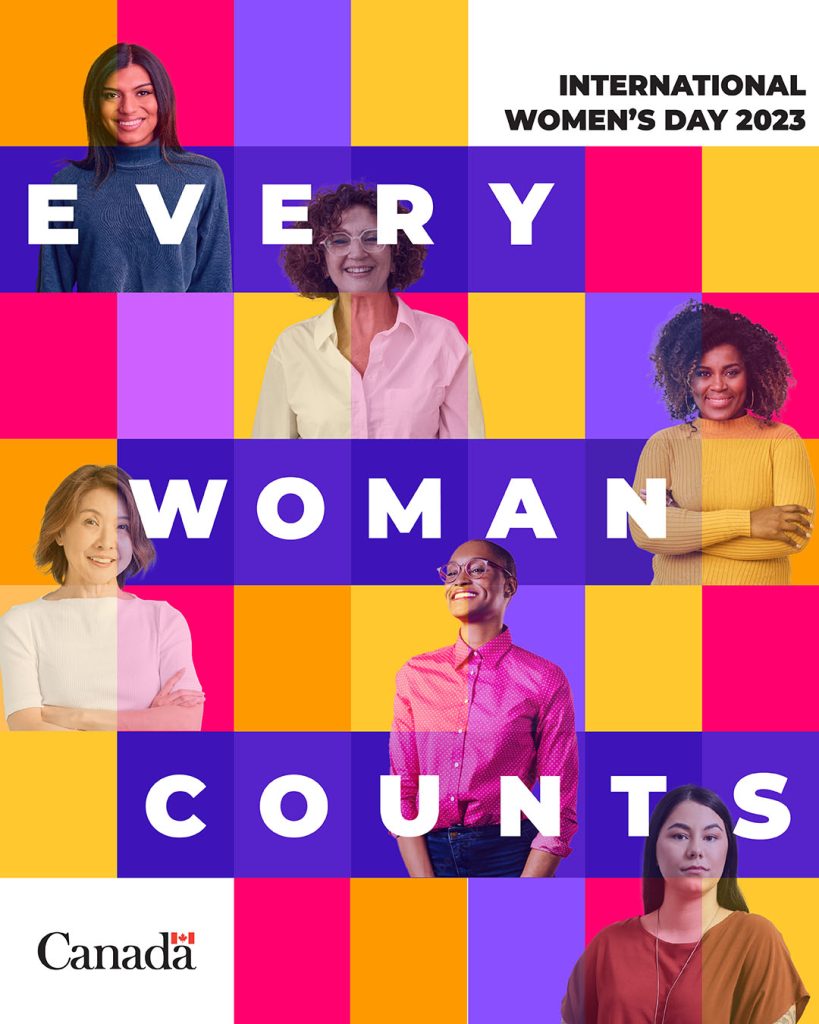 It is also a time to recognize and celebrate the social, cultural, economic and political achievements of women and girls in all parts of the world.
It is also a time to recognize and celebrate the social, cultural, economic and political achievements of women and girls in all parts of the world.
The International Women’s Day campaign theme for this year is Embrace Equity. When we embrace equity, we embrace diversity and we also embrace inclusion. Equity means creating an inclusive world for all. We all need to challenge gender stereotypes,call out discrimination, draw attention to bias, and work for inclusion.
The Government of Canada has chosen Every Woman Counts as Canada’s theme for this year, a reminder that women from all walks of life and all ages have a place in very aspect of Canadian life and society.
El Día Internacional de la Mujer se celebra anualmente como punto central del Movimiento por los Derechos de la Mujer para llamar la atención sobre cuestiones como la igualdad de género, los derechos reproductivos y la violencia y los abusos contra las mujeres.
También es un momento para reconocer y celebrar los logros sociales, culturales, económicos y políticos de mujeres y niñas de todo el mundo.
El lema de la campaña del Día Internacional de la Mujer de este año es Abraza la equidad. Cuando abrazamos la equidad, abrazamos la diversidad y también abrazamos la inclusión. Equidad significa crear un mundo inclusivo para todos. Todos debemos cuestionar los estereotipos de género, denunciar la discriminación, llamar la atención sobre los prejuicios y trabajar por la inclusión.
El Gobierno de Canadá ha elegido Todas las mujeres cuentan como lema de Canadá para este año, un recordatorio de que las mujeres de todas las profesiones y condiciones sociales y de todas las edades tienen un lugar en todos los aspectos de la vida y la sociedad canadienses.


 Expert and diverse panelists will talk about our planetary boundaries, the latest updates from COP15 and Indigenous perspectives on biodiversity. The online gathering will conclude with a theological reflection on creation care.
Expert and diverse panelists will talk about our planetary boundaries, the latest updates from COP15 and Indigenous perspectives on biodiversity. The online gathering will conclude with a theological reflection on creation care.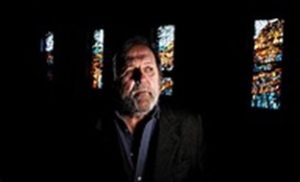 Since his earliest years Gerald had the mind, heart and soul of an artist. Although not “religious” he was a man moved by the Spirit and who lived with kindness, gentleness, generosity and love. His life and his art are testament to that.
Since his earliest years Gerald had the mind, heart and soul of an artist. Although not “religious” he was a man moved by the Spirit and who lived with kindness, gentleness, generosity and love. His life and his art are testament to that.
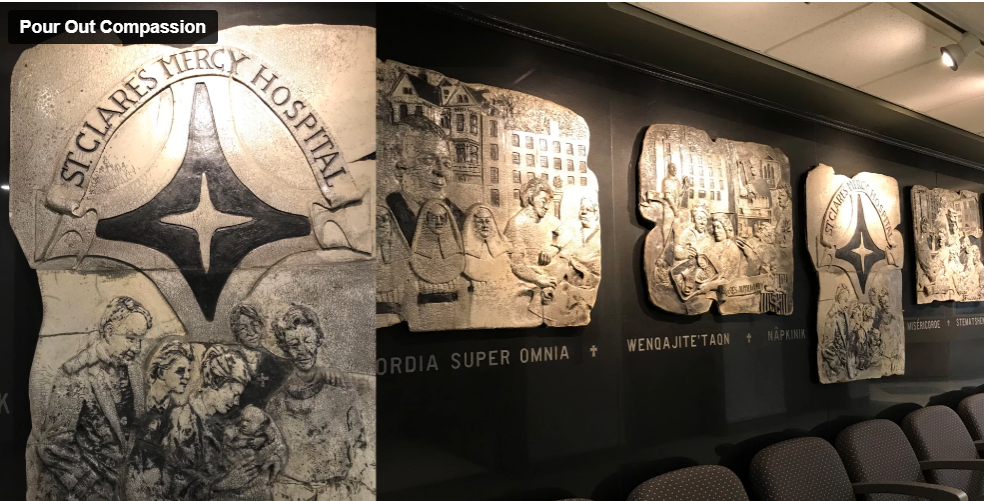
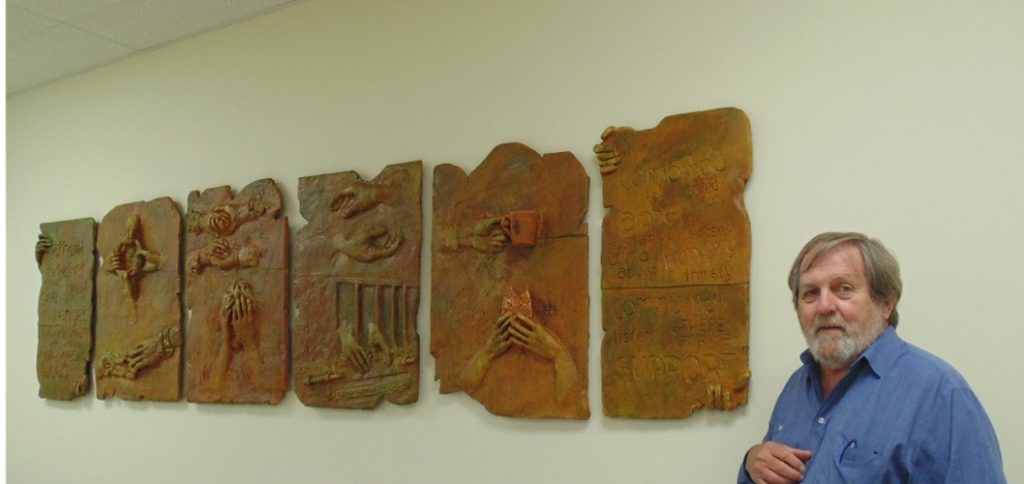
 We all face challenges- as individuals and as communities. We all experience hardship at one point or another. It’s part of being human.
We all face challenges- as individuals and as communities. We all experience hardship at one point or another. It’s part of being human. Pope Francis’ Lenten message to the world for 2023 was presented on Friday, February 17. The theme is Lenten Penance and the Synodal Journey. “We need to listen to Jesus he said, “through the Scriptures and through our brothers and sisters, especially in the faces and the stories of those who are in need…Lent is a time of grace to the extent that we listen to him as he speaks to us.”
Pope Francis’ Lenten message to the world for 2023 was presented on Friday, February 17. The theme is Lenten Penance and the Synodal Journey. “We need to listen to Jesus he said, “through the Scriptures and through our brothers and sisters, especially in the faces and the stories of those who are in need…Lent is a time of grace to the extent that we listen to him as he speaks to us.”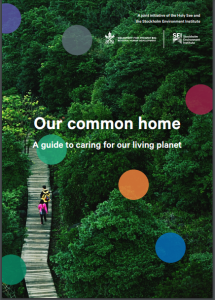 It connects the science of climate change, biodiversity and sustainable resource use with the messages of Pope Francis’s Encyclical
It connects the science of climate change, biodiversity and sustainable resource use with the messages of Pope Francis’s Encyclical 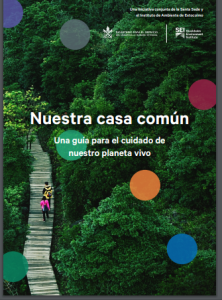 Conecta la ciencia del cambio climático, la biodiversidad y el uso sostenible de los recursos con los mensajes de la Encíclica Laudato Si’ del Papa Francisco.
Conecta la ciencia del cambio climático, la biodiversidad y el uso sostenible de los recursos con los mensajes de la Encíclica Laudato Si’ del Papa Francisco. The loss of life, the injuries, the destruction of buildings, the displacement of peoples and the critical needs of the citizens are extraordinary.
The loss of life, the injuries, the destruction of buildings, the displacement of peoples and the critical needs of the citizens are extraordinary.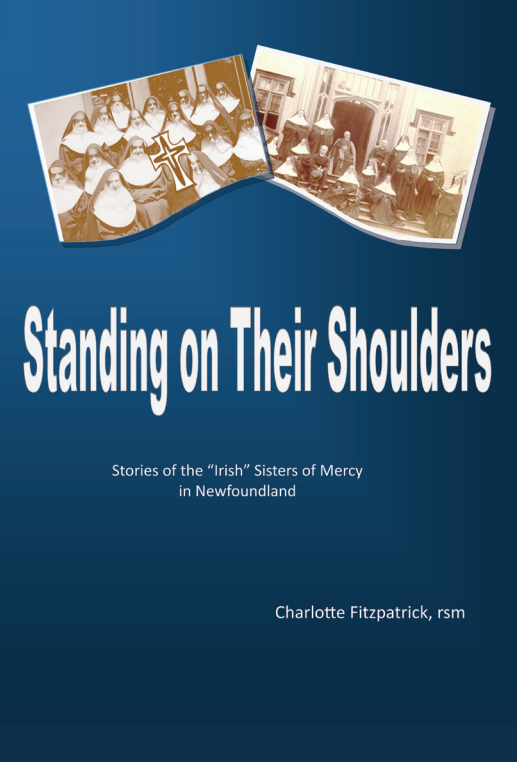 “Standing on Their Shoulders”, a book by Charlotte Fitzpatrick rsm tells the stories of 60 Sisters of Mercy who left Ireland between 1842 and 1907 , all aged between sixteen and twenty years, to minister with the people of Newfoundland .
“Standing on Their Shoulders”, a book by Charlotte Fitzpatrick rsm tells the stories of 60 Sisters of Mercy who left Ireland between 1842 and 1907 , all aged between sixteen and twenty years, to minister with the people of Newfoundland .